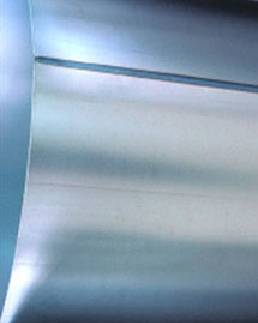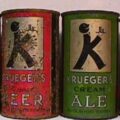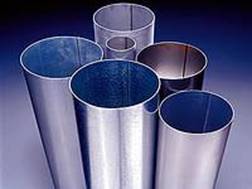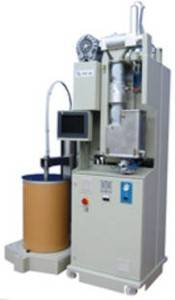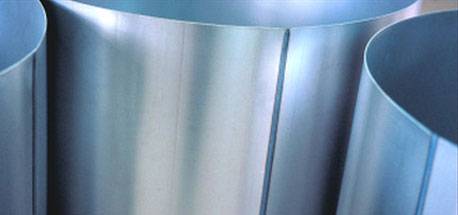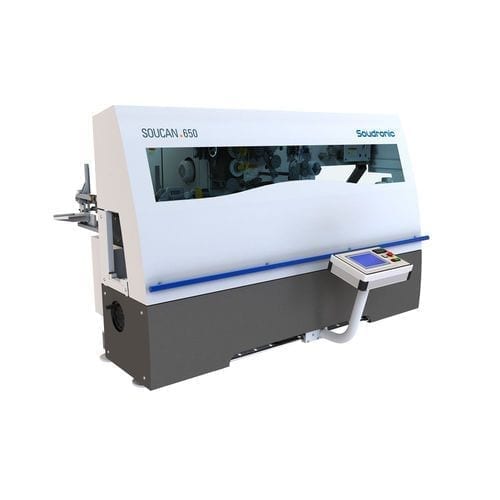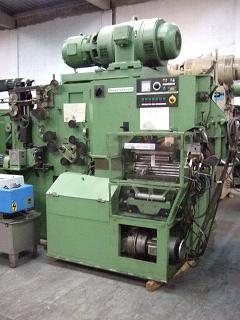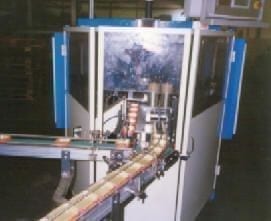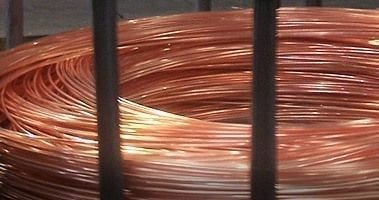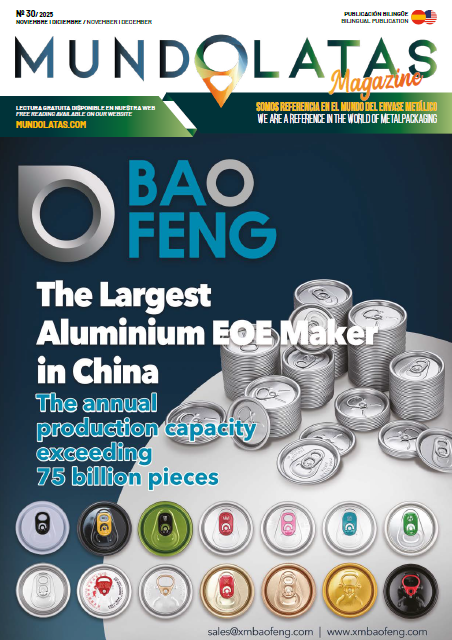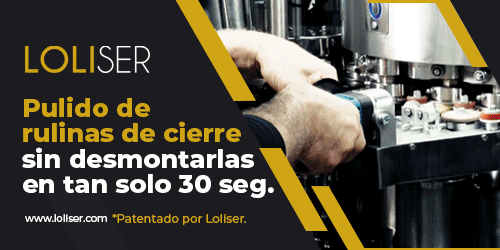Some common welding defects and their causes:
- Cold weld: Can be caused by a braked body in the calibration crown, incorrect adjustment of the nitrogen injector, or lack of nitrogen or insufficient flow.
- Hot weld: Can be caused by hot weld itself, insufficient current, or poor geometry of the weld sheaves.
- Irregular extrusion: May be caused by excessive current or incorrect lateral position of the calibration crown.
- Conical overlap: Can be caused by Z-bar tip position, position and speed of the outfeed conveyor, or incorrect height of the calibration crown.
- Buckled end: Can be caused by a too tight calibration crown, nitrogen adjustment, or misadjusted feed of the body into the sheaves.
- Short circuit with wire: Can be caused by copper wire adjustment, body/dowel carriage adjustment, taper overlap, or lower wire guide sheave.
- Weld contamination: Can be caused by vibrating/oscillating lower welding arm, short circuit (insulation), improperly bent body, or wire dimensions and shape.
- Fishtailing, twin ferrules, commas, cold spot weld bead, marking along the internal weld, spatter, slop and oxidation in the weld are other defects that can occur in the welding process.
To solve these problems, it is important to identify the specific cause and adjust the parameters and components of the welding process as necessary.

